Dracula Has Risen from the Grave (1968)
Directed by: Freddie Francis
Written by: Anthony Hinds
Starring: Barry Andrews, Christopher Lee, Rupert Davies, Veronica Carlson
UK
AVAILABLE ON DVD
RUNNING TIME: 92 mins
REVIEWED BY: Dr Lenera, Official HCF Critic
In the Middle European province of Keinenberg, Monsignor Ernest Mueller is on a routine visit to a tiny village only to find that the altar boy is now a frightened mute, the local Priest has lost his faith, and the villagers refuse to attend Mass because the shadow of Dracula’s castle touches the church. Mueller climbs up to the castle to exorcise it but, as he attaches a large metal cross to its gate, a thunderstorm occurs, and the Priest flees, stumbles, and cracks his head on a rock. The blood trickles into a frozen stream through a crack in the ice, and onto the lips of Count Dracula, reviving him. Furious that his castle is now barred to him, Dracula forces the enslaved priest to reveal the name of the exorcist and sets out to take his revenge on Mueller….
In my review for Dracula: Prince Of Darkness I said how that film could be the quintessential Hammer production, but upon watching this third outing for Christopher Lee’s Dracula, a film that actually made more money for the studio than any other, it crossed my mind whether it deserves that title even more. I don’t think it’s anywhere near as good a film, but aside from Peter Cushing it pretty much has everything, including Michael Ripper and not one but two over-lit inns, one full of superstitious folk who don’t want anyone interfering in their lives, and one populated by drunken students. Overall it’s more uneven than the previous two efforts, feels a little restricted by its simple revenge plot, and doesn’t really do much with the title character who, while his limited screen time in the previous installment worked in that film’s favour, surely deserved being given more and different things to do in this one. However, it has style to burn and contains some of the series’ most iconic moments. It’s also the most religion-based film Hammer ever made, yet handles the subject in quite a forward thinking and even ironic manner that is immeasurably easier for us atheists to take than the somewhat pious way it was presented in The Devil Rides Out. And, as seems to be the case with many of the films in this series, it’s just a little bit heavier on the sexuality and the bloodletting than the film which came before it.
Warner Bros had replaced 20th Century Fox as Hammer’s US distributor, and Hammer made up a pre-sales brochure, replete with Lee’s face, before a synopsis had even been written. Lee wasn’t happy and took some convincing to play Dracula again. Terence Fisher was to direct, but he broke his leg in a car crash and Freddie Francis stepped in. Before shooting, the BBFC required that the Priest’s chopping up of Zena’s body be changed to burning in a fire. The film was shot at Pinewood for a change, as well at the usual Black Park and also Box Hill in Surrey. Just as shooting begun, it was announced that Hammer were one of the companies to be garlanded with the Queen’s award for Industry [for earning considerable money overseas] for that year. It was presented by Brigadier Sir Henry Floyd, Lord Lieutenant of the County of Buckingham, on the set while Dracula’s gruesome death scene was being filmed, and he didn’t deviate from his written script which included the words: “I’m glad to see that the word horror does not include scenes of actual personal violence”. One wonders if he’d actually ever seen a Hammer film. Some material concerning the romance of Paul and Maria was removed against Francis’s wishes, and then the BBFC requested some trims to the staking scene. Whilst watching the premiere, actor Ewan Hooper was shocked to discover he’s been dubbed. The film was a very big hit indeed and Hammer announced another Dracula outing several days after it had broken the ABC cinema chain’s Sunday record.
Titles playing in front of red patterns looking like blood veins lead into the effective opening scene of the finding of the bitten body in the bell, though it’s not clear when Dracula committed this act. I’m guessing it was during the events of Dracula: Prince Of Darkness, though we never see it [publicity stills show Dracula beside the bell though he’s not in the actual scene] It’s typical of this film: a striking image but not that much logic if you think about it. And we’re now in the province of Keinenberg going back and forth between two unnamed villages. The first film had a village called Karlstadt, and the second Karlsbad and Kleinberg. There can’t be that many villagers right by the same castle, which by the way is now on top of a mountain even though it wasn’t before. O well, back in the ’30s and ’40s Universal didn’t bother much with continuity in their horror films either. Dracula is soon accidentally revived, you could say by the Monsignor Mueller himself as he seems to inadvertently conjure up the storm which causes the Priest to fall and land on the ice covering Dracula [but there’s no lake this time]. It’s quite well staged, the Priest first seeing the resurrected Dracula as a reflection in the ice, but surely Dracula shouldn’t be casting a reflection in the first place? Anyway, Dracula can’t enter his castle due to Mueller putting a cross on the door, and doesn’t even possess a coffin, so he gets the Priest to empty a body out of one and then secretly sets up home underneath the inn where our hero Paul works.
Paul is in love with Mueller’s daughter Maria, but he’s an atheist which deeply offends the rigid Monsignor, a close minded character who’s not always that sympathetic which gives an interesting dimension to the typical good vs. evil struggle. Dracula first goes after promiscuous barmaid Zena [who really likes Paul], in a nicely staged chase in the forest despite the poor day for night shooting which is something that really plagues this film throughout with none of the night scenes looking nocturnal whatsoever, and there’s a partial rehash of the Dracula/Helen relationship in the previous film though Zena never comes back to life as a vampire, Dracula getting the Priest to burn her body when he’s had enough of her. Dracula then goes for Maria, and his visits to her, replete with some Dracula POV as the camera zooms into the neck, are among the most seductively sexy of vampire scenes with James Bernard’s music especially effective here, evoking Dracula’s hypnotic power over women so well. Again though, not everything makes sense. Maria clasping and then letting go of a doll while she’s bitten seems to suggest her introduction into adulthood, yet earlier we’re shown how she makes nocturnal visits to Paul’s bed where I’m sure they do more than make out. And then you have the scene that Lee actually fought against: Paul ramming a stake into Dracula, but because he can’t say a prayer the Count pulls the stake out. It totally contradicts vampire lore, yet it also packs a real punch and I distinctly remember being quite terrified by the moment when I first watched the film as a kid. It really enhances the sense of Dracula being frightening, at least until he clumsily falls over a wall in his final scene to conveniently impale himself on the cross that’s fallen to stand upright below, though Lee’s thrashing about is quite disturbing and his tears of blood a startling visual touch used in several later horror films.
As played by Barry Andrews, Paul is one of Hammer’s better young heroes who tend to be rather colourless, and he remains an atheist throughout the film, something the Monsignor, whose death three quarters of the way through is quite a surprise, eventually seems to make peace with, though the Priest still needs to say a prayer so that Dracula actually dies at the end. Said Priest may be the film’s most interesting character, his battle to break away from Dracula’s control powerfully acted by Hooper even if you don’t hear his actual voice. The film’s portrayal of religion is very balanced and one of the things the film, which could be saying that religion is probably necessary in general but certainly not for everyone and nobody should be criticised for not being a believer, does best. Something else the film does well, though its obviousness takes a bit of getting used to, is the employment by cinematographer Arthur Grant of those filters Francis had used before. In colour, they’re crimson, amber and yellow, and are seen at on both edges of the frame during all of Dracula’s scenes, while colour is nicely used elsewhere, Dracula even backed by pink on a couple of occasions. This means that Dracula Has Risen From The Grave, ignoring some poorly matching stock shots which are in very poor shape, is the most visually striking film of the series. The sets, the odd plastic-looking rock aside, are well up to Bernard Robinson’s usual high standard, but especially worthy of note are the rooftop sets where a lot of action takes place, combining actual construction with painted backdrops – they’re not 100% convincing but create a lovely fairy tale ambience.
Lee perhaps overdoes the grimacing in places but still conveys incredible power and evil with just a touch of sympathy – you feel it when he’s actually in pain. Rupert Davies is a stern opponent though the film misses not having a proper face-off between them. For me Veronica Carlson is almost up there with Barbara Shelley on the Hammer beauty stakes. Sadly she’s far less of an actress, but does well enough as a very conventional heroine. Bernard’s score is good though oddly doesn’t use his former Dracula theme, though he does re-use a three note motif from Kiss Of The Vampire and a four note one heard during the staking scene in Dracula: Prince Of Dracula, musically pitting them against a grand religious theme inspired by the famous dies irae tune, sometimes at the same time which results in a bit more dissonance than normal. Often pounding but at times sensuous, it’s a tad more repetitious than it needs to be but again adds to the atmosphere and enjoyment of the picture. It’s no horror classic, it’s not even one of the best of the Dracula series, and some first-time modern viewers may find themselves chuckling more than anything else at a film that may seem overly campy and unintentionally funny. Yet I still feel that it’s possibly the archetypal Hammer horror film, with many of the plusses and also some of the negatives to be found in these movies, movies that are still obviously beloved by many seeing as they have been releasing many of them on Blu-ray with more to come.

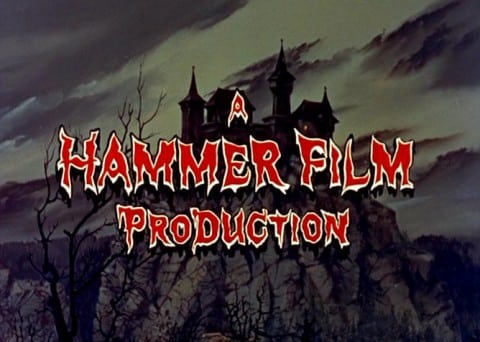
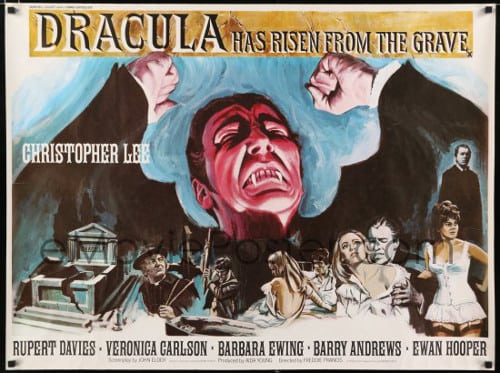
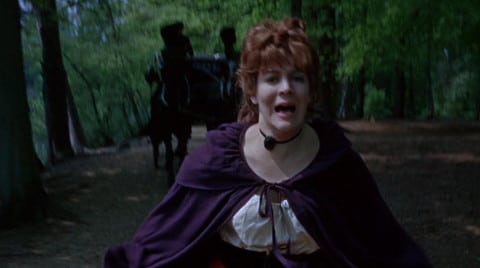
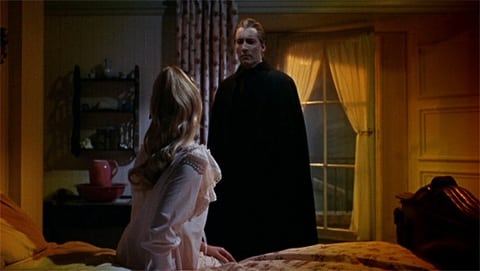



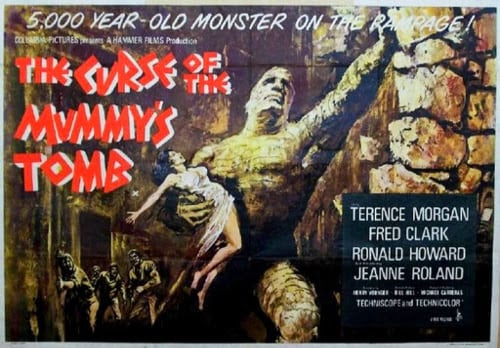
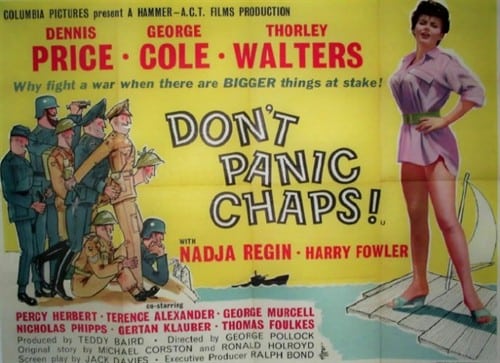
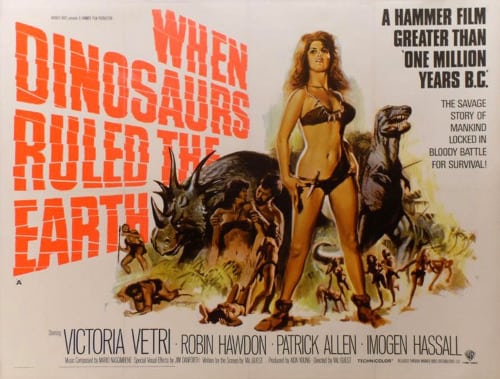
Be the first to comment